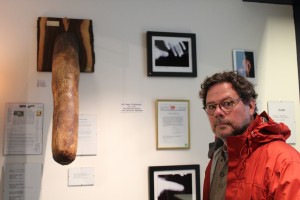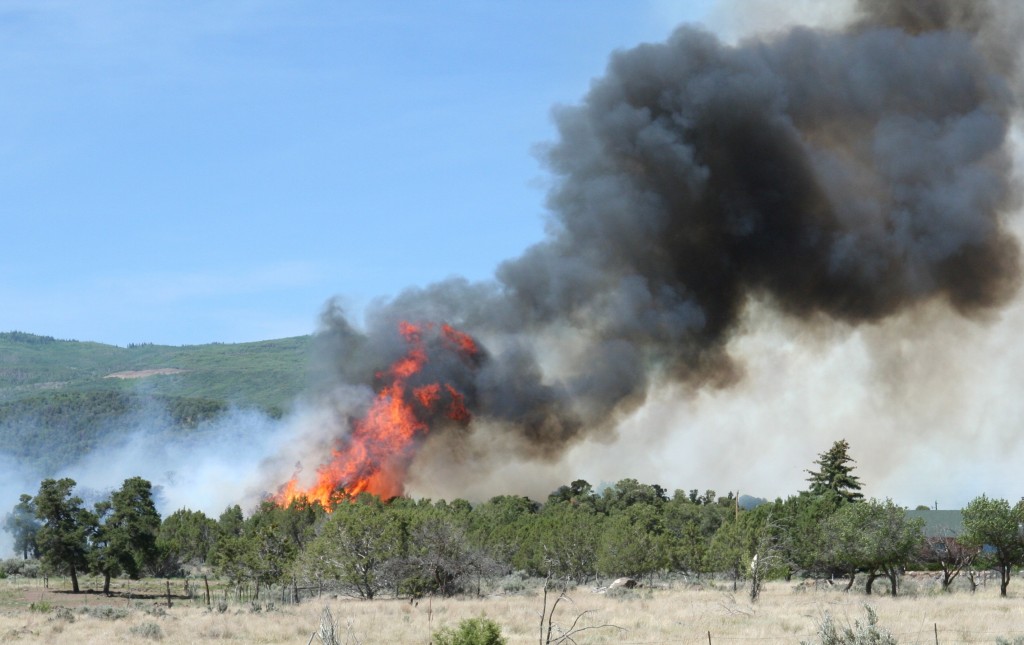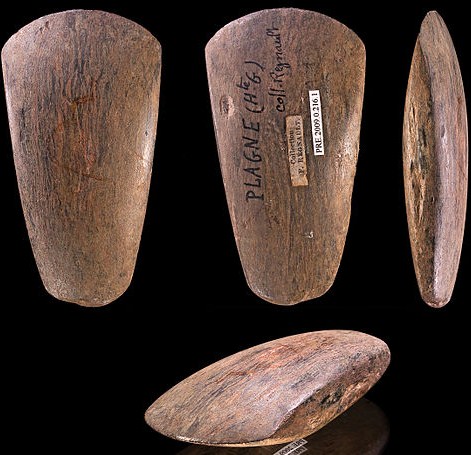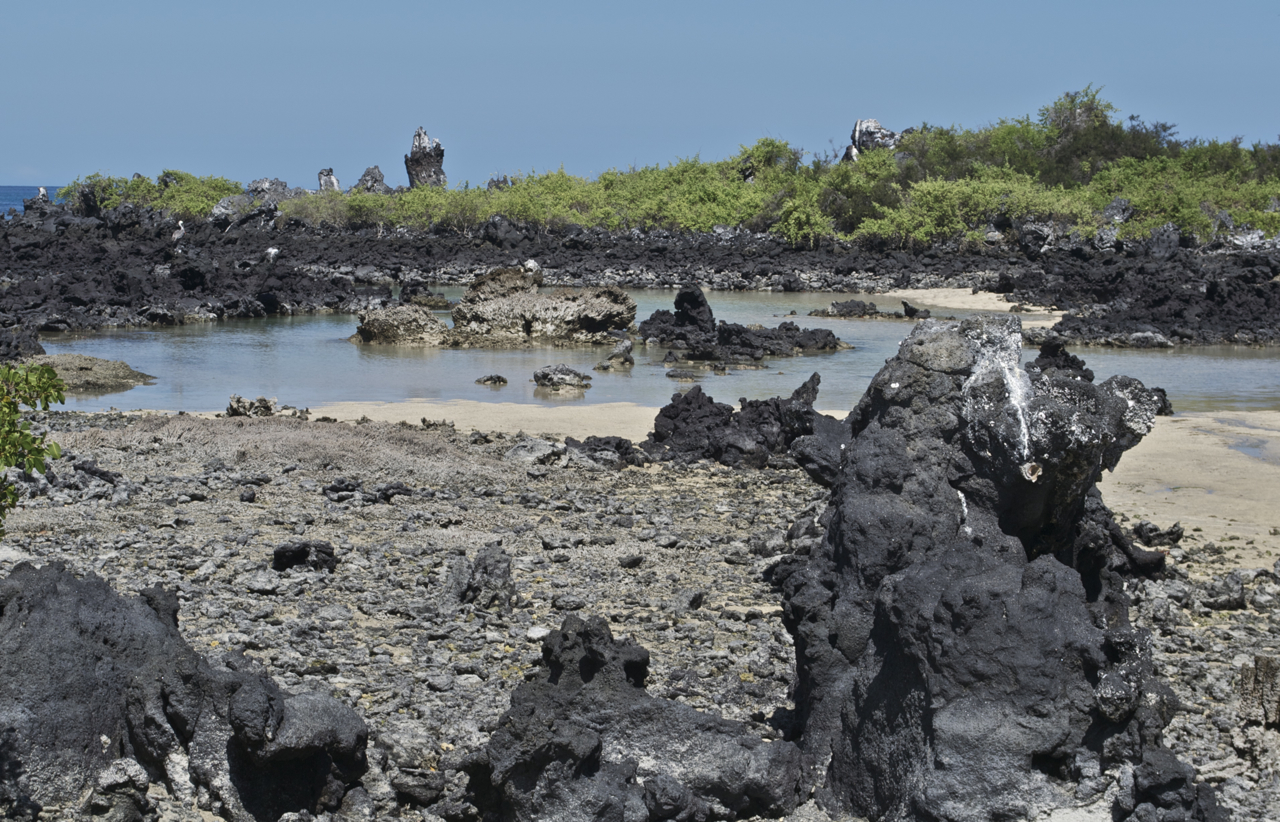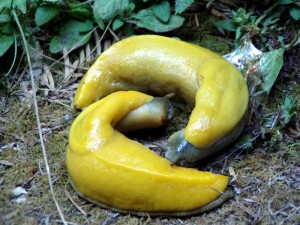This is the third installment of a six-week series about my recent trip to the Galápagos. You can read the first post, about tortoises and donkeys, here, and the second, about eerie mounds of black coral, here.
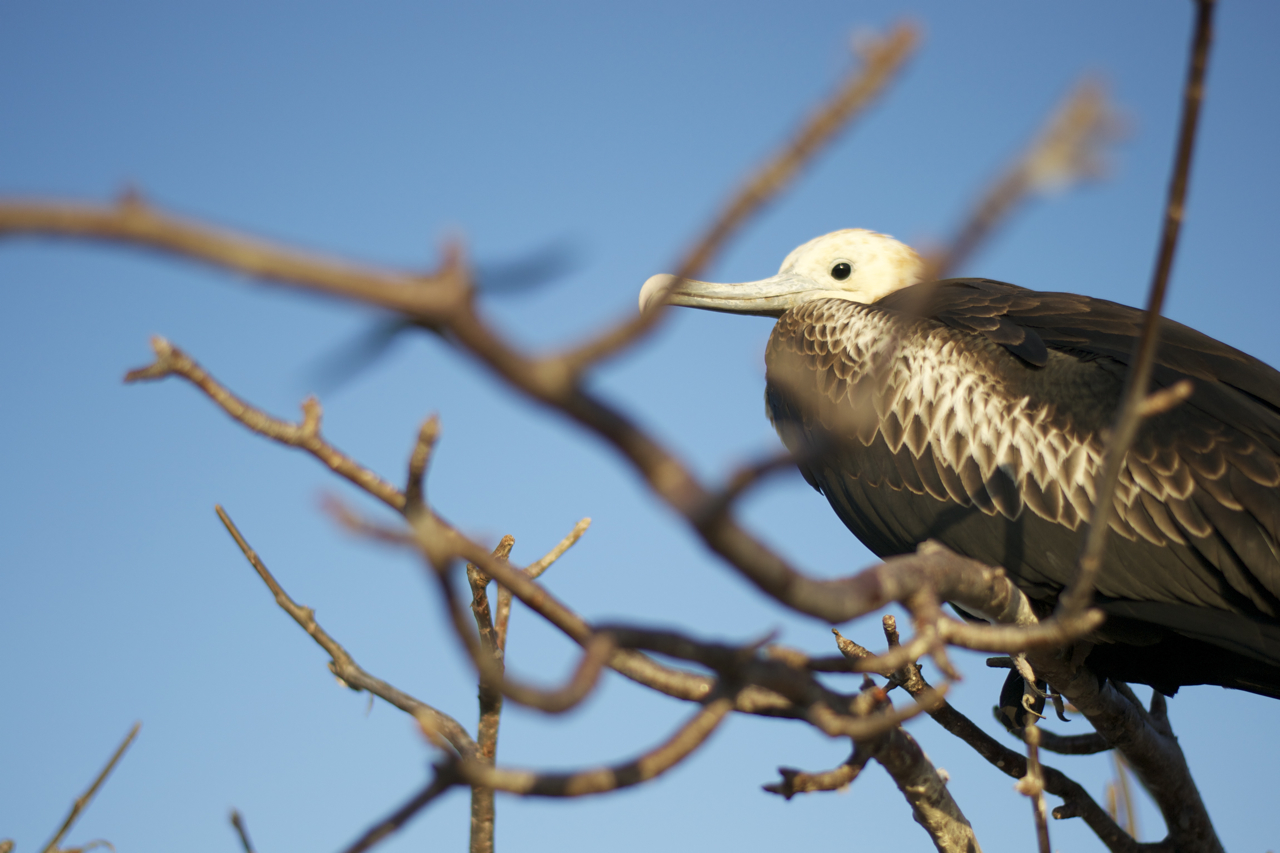
If you go to the Galápagos, and even if you go, as I did, in a herd of clumsy American tourists, you will at some point feel like a field biologist. Regulations dictate that you be accompanied by licensed guides, and ours reminded me of my favorite college professors: authoritative and rhetorical most of the time, with sudden bursts of passion when they get a whiff of their pet topic.
Within an hour of my arrival, one of the guides launched into the difference between the islands’ endemic, native and introduced species. Endemic species arrived naturally but struggled to survive in the strange environment. Over many generations, they gradually adapted and are now found, in their modified form, nowhere else on earth. Native species also came naturally, but didn’t struggle as much and didn’t need to change. So they’re found in the Galápagos as well as other places. Introduced species did not “naturally” arrive, but were brought in by people.
My guides seemed to be obsessed with these definitions, mentioning them dozens of times over the course of my eight-day visit. When discussing endemic species — such as the marine iguana or Galápagos tortoise — they beamed like proud parents. But introduced species were the shameful family secret. “What are those trees?” someone asked guide Jason while hiking in the highland swamps of Isabela. “Those are cedars,” he said with a long sigh and a sad shake of his head. “Introduced.”
I rolled my eyes. I understand the concept, professor, really I do, now can we please move on? But, like most of the other times I’ve been annoyed with a good teacher, I was wrong. Several weeks and a lot of reading later, I’m finally beginning to get it. If you understand endemism, you understand the value of the Galápagos.
Continue reading
